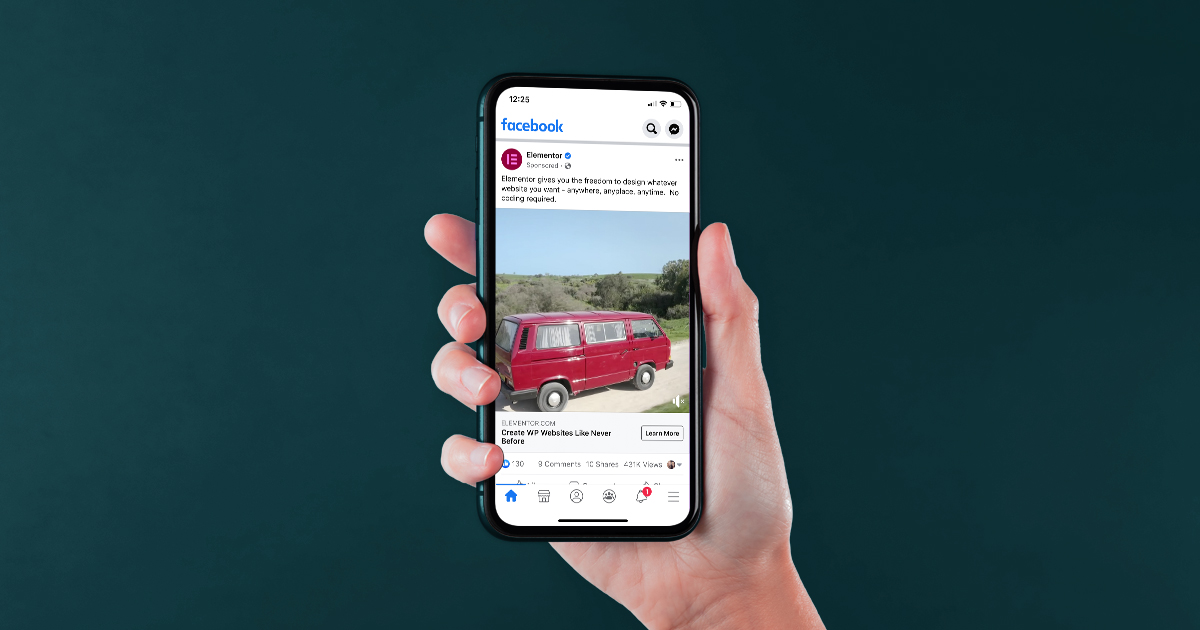7.19.21 | read time: 4 min
Media Recap: 3 Things We Learned in Q2, 2021
116 & West
Q2’21 was a quarter full of change. The vaccines were rolling out and businesses started to slowly open up again—hooray for going out to eat! Despite the positive moves forward, businesses, especially smaller ones, were still pretty conservative with their budgets due to, well, not really knowing what was going to happen.
Outside of the pandemic, the media landscape continued to change. Here are three important things we learned in Q2, and how they may impact the rest of the year and beyond.
1. Navigating Restricted Content
Over the past year or so, many companies and brands want to advertise about things they’re doing to mitigate COVID-19 challenges. However, Facebook (parent company to Instagram) has been trying to alleviate the misinformation that can spread on its platforms. So, it flags content about sensitive issues such as COVID-19, politics, social issues, and elections.
This difficulty is that the guidelines about what makes a sensitive issue, or what makes content flaggable isn’t always clear. So, we’ve had to spend a little extra time learning, making changes, and developing new strategies.
We’ve learned there are two real ways to get ahead of this challenge:
One: Change the creative to follow Facebook’s guidelines. Sometimes it’s as simple as editing a couple words in the copy, but sometimes it’s much harder. For example, if Facebook has a problem with COVID ads in general, you can’t really edit your way out of that.
Two: The second option is to go through the process of creating a disclaimer. It can be a tedious process, but you get to keep the disclaimer for seven years, which can save a lot of headache in the future.
According to Facebook:
“Advertisers who want to create or edit ads about social issues, elections or politics in the United States will need to go through the authorization process and place “Paid for by” disclaimers on ads. This includes any person creating, modifying, publishing or pausing ads that reference political figures, political parties or elections (including “get out the vote” campaigns). Then, ads will enter the Ad Library for seven years.”

2. Declining TV Ratings
According to The Drum, TV ratings are continuing to decline. The Oscars ratings fell by 58%, reaching an all-time low for the award show. Even though numbers of views are dropping, rates are increasing. It’s getting harder for buyers to meet the reach, frequency, and gross rating points that clients want.
TV networks have limited supply, so they are able to charge more when there is demand. The higher prices and lower ratings create challenges and don’t stretch budgets well. With the missing reach and frequency points clients are expecting, buyers have to look for other places to be able to meet goals.
Advertising budgets continue to move more toward connected TV and OTT rather than linear TV. According to AdAge, brands spent on average 22% more on connected TV in 2020 than in 2019, reaching nearly $20 million dollars of spend. This trend has continued through the beginning of 2021 and will continue into Q3.
3. Privacy Updates
The iOS 14.5 update allowed users to decide whether to let companies track and store their information and user behavior. When people opt out, Facebook removes them as an option for an ad target. For many years, advertisers have relied on using demographic- and interest-based targeting in order to build audiences.
For example, if you wanted to target women aged 25-54 in the United States the reach would normally be well over 100 million. But because people have opted out, the number is getting smaller and smaller, making it difficult for advertisers to hit their target audience.
According to a study done by Flurry, only 7% of the US population has opted into being tracked, and only 15% percent of the world’s population has opted since iOS14.5 launched at the end of April. Because of these changes, advertisers will now need to be more reliant on market research, focus groups, panels, and surveys since they won’t have live data at their fingertips. They will also need to analyze what the metrics mean and how they correlate with results.
As Furquan Hanif stated “good data in, is good data out.” He goes on to say if marketers don’t consider biases, lack of coverage, people opting out into these big machine learning and AI models, the data ultimately will be incorrect. Advertisers can’t rely on these machines in the future. Instead, they must rely on building a direct relationship with consumers.
What these things mean for us (and you)
Like everything else in the world, change is the one thing we can always be sure of. But no matter what’s going on in the media landscape, we’re always ready for a shift—knees bent, tight core, athletic position.
If you ever need help with your media marketing (or anything else for that matter), drop us an email. We’d love to be your partner in working through it together: whatsup@116andwest.com

